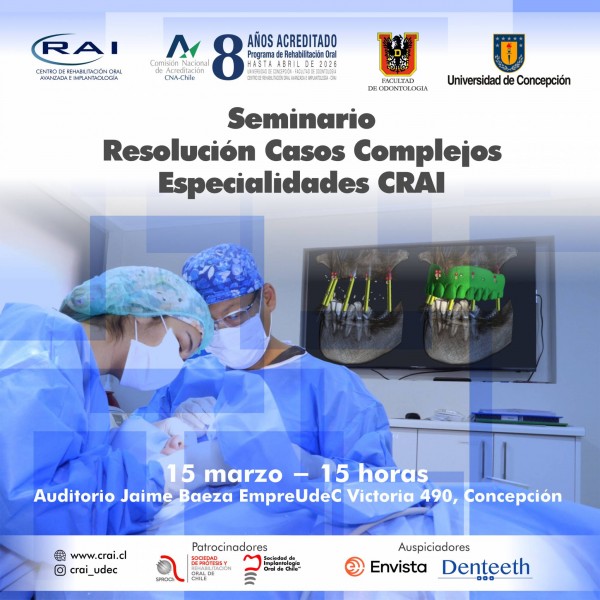The antimicrobial activity of copper nanoparticles (CuNps) has been studied against different pathogenic microorganisms, however to our knowledge, no studies have been reported about their activity against periodontal bacteria in a biofilm. Therefore, in order to bridge this information gap, this study aims to observe and count the formation of oral biofilm on titanium alloys coated with different types of CuNps. Three different methods were used to synthetize and then apply a coating of CuNps on dental implant healing caps, by then, their antibacterial properties were investigated using an in vitro oral biofilm by plate count method and confocal laser microscopy. The result of the counts, showed that the lower microbial load is observed in the caps coated with CuNps obtained by copper electroplating, it can be concluded, within the limitations of this study, that CuNps obtained by copper electroplating showed greater bactericidal effect that PVD methods, especially in periodontal pathogenic bacteria like P.gingivalis, and P. intermedia. More studies are necessary for corroborate this observation and better understand the reason why only CuNps obtained by certain methods were more bactericidal tan others and the reason why only some bacteria were affected. The antimicrobial properties exhibited by CuNps could be useful for develop anti-infective biomaterials become a strategy to control dental biofilm.




